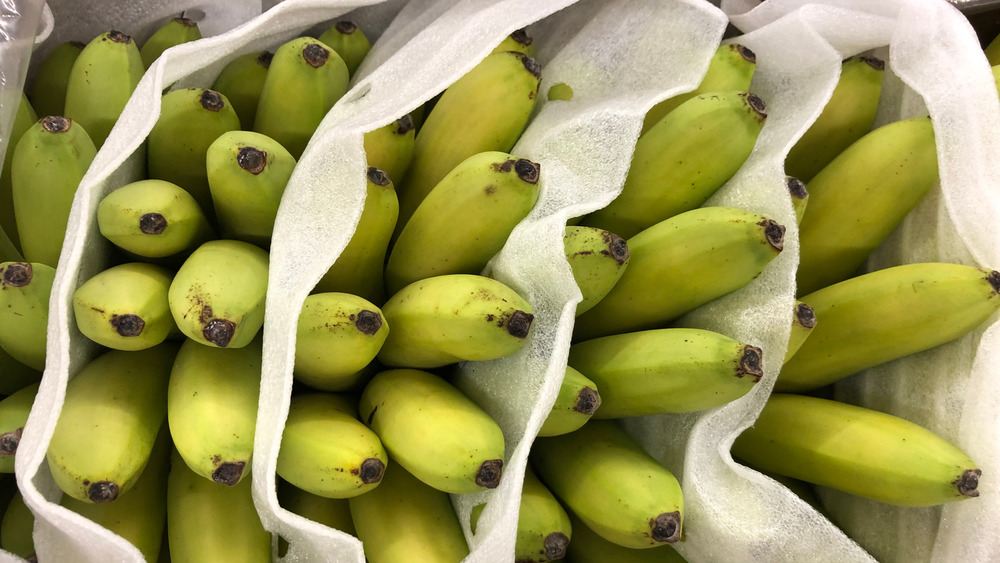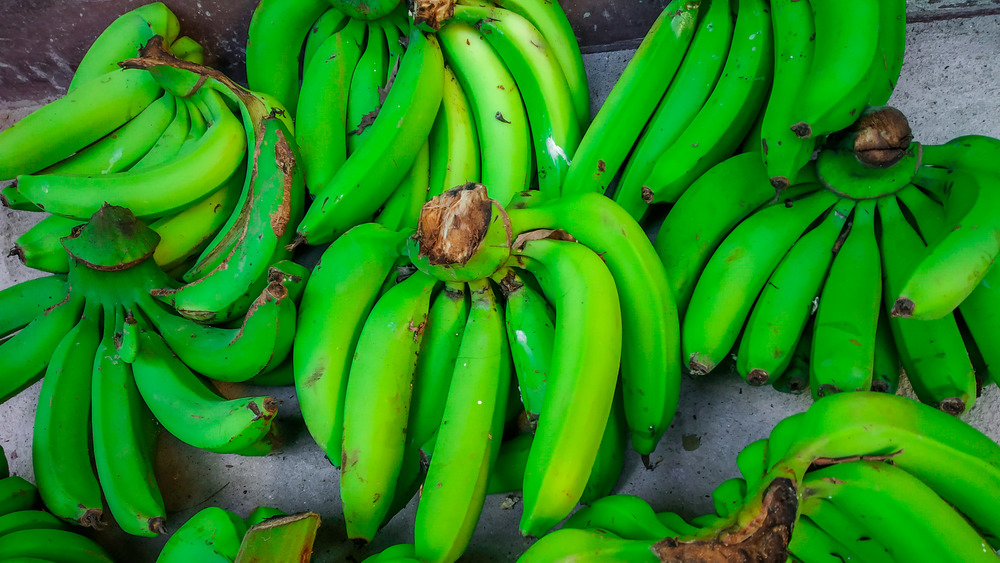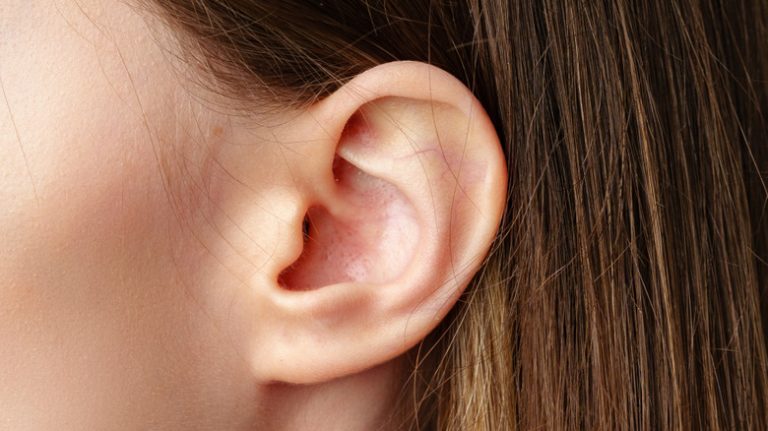
If you’ve ever been impatient while waiting for a banana to ripen and tried it while it was still green, you probably noticed they taste quite different from the yellow ones—and not in a pleasant way. Instead of a soft, sweet treat, you encounter a bitter, hard fruit. But what are the other major differences between green and yellow bananas apart from taste? Some of them might surprise you.
Grocery stores often stock green bananas because they are shipped unripe. Since they are grown far from the markets where they’re sold, picking and shipping them while still unripe increases the likelihood of them reaching your home before they spoil (via Healthline). As bananas begin to release the plant hormone ethylene, the starches convert into sugars, turning the green banana yellow.
Too much of a good thing?

Green bananas can consist of up to 80% starch by weight. These starches often have an unpleasant taste and texture for many people. As these starches transform into sugars, the percentage decreases until the starch content of a ripe banana is less than 1%. Green bananas can also be a beneficial snack for individuals with Type 2 diabetes due to their low glycemic index.
However, one significant factor to consider when eating green bananas is potential digestive issues. The resistant starch in green bananas is a beneficial source of dietary fiber because it is difficult for humans to digest. Green bananas also contain a substantial amount of pectin, which contributes to their firmness until ripe. Pectin is another form of dietary fiber (via Nature). Both resistant starch and pectin may cause digestive discomfort in some individuals. Nevertheless, promising research suggests that dietary fibers like pectin may actually enhance gut health.
Whether your banana is green or yellow, you’re enjoying a convenient snack packed with essential nutrients. Just be mindful of any discomfort or upset stomach, and if you experience any issues, you might have to wait until those bananas turn a lovely yellow hue before consuming them.




